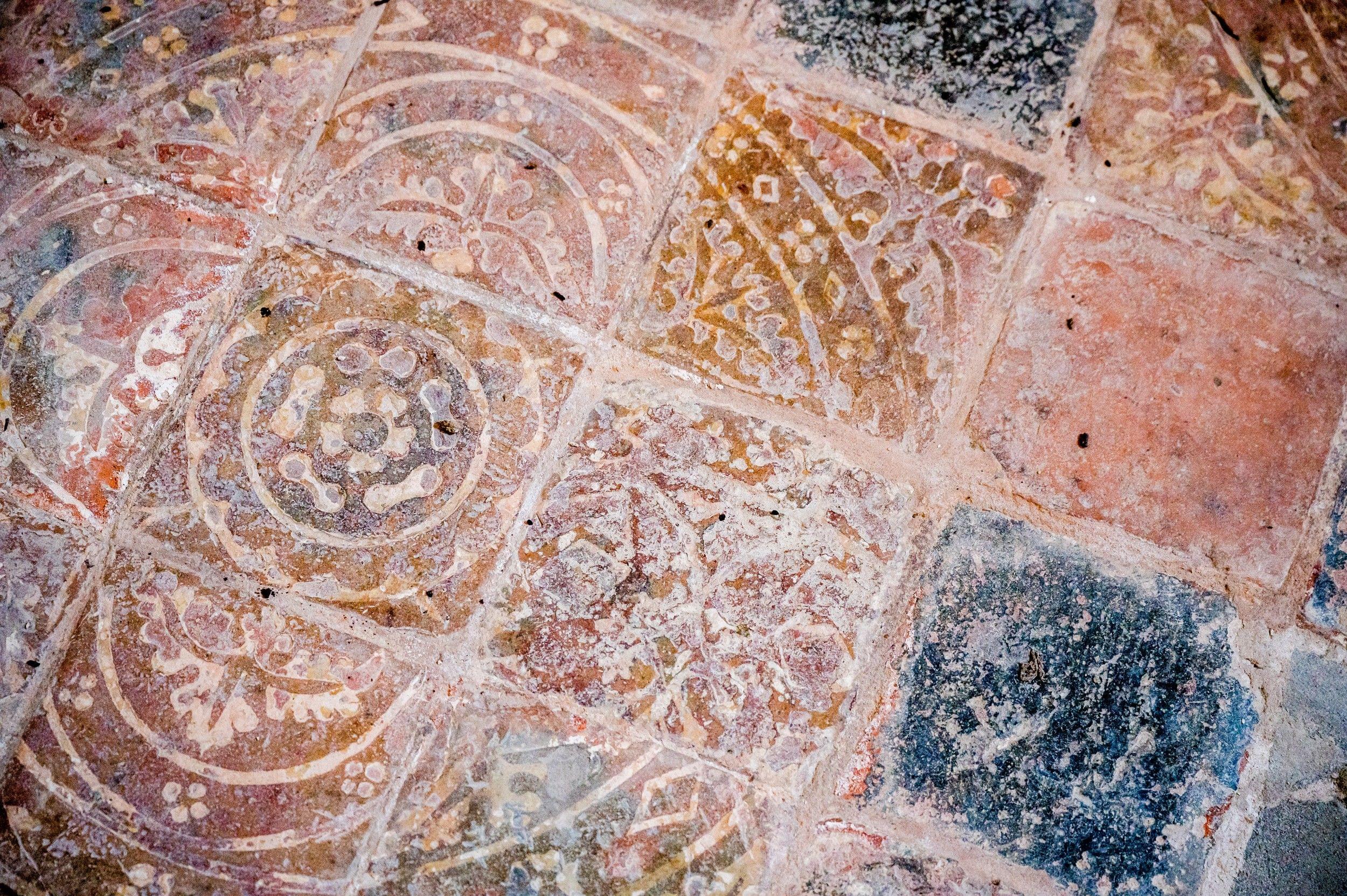St Mary
East Haddon, Northamptonshire
A beautiful 16th century church offering quiet space for personal reflection and a range of services.

A church that lost its village.
Holdenby, Northamptonshire
Sir Christopher Hatton, Elizabeth Is Lord Chancellor, moved the village of Holdenby when he built his mansion; the church now lies remote and isolated beside fields and a pond, beyond the gardens of Holdenby House. A fine building of local ironstone, it is largely fourteenth century but the chancel was rebuilt in 1845 and Sir George Gilbert Scott restored the church in 1867.
Inside, there is much of interest: an unusual series of seven painted texts, probably Elizabethan; memorials from the 13th century onwards, including an incised alabaster slab dedicated to William Holdenby (who died in 1490) and his wife; chancel stalls; an impressive 16th century screen brought from Holdenby House around 1700.
East Haddon, Northamptonshire
A beautiful 16th century church offering quiet space for personal reflection and a range of services.
Spratton, Northamptonshire
A Norman church with interesting features and artefacts which seeks to serve the local community.
Church Brampton, Northamptonshire
St Botolph's welcomes you and we are open daily for private prayer and admiration of its beauty.